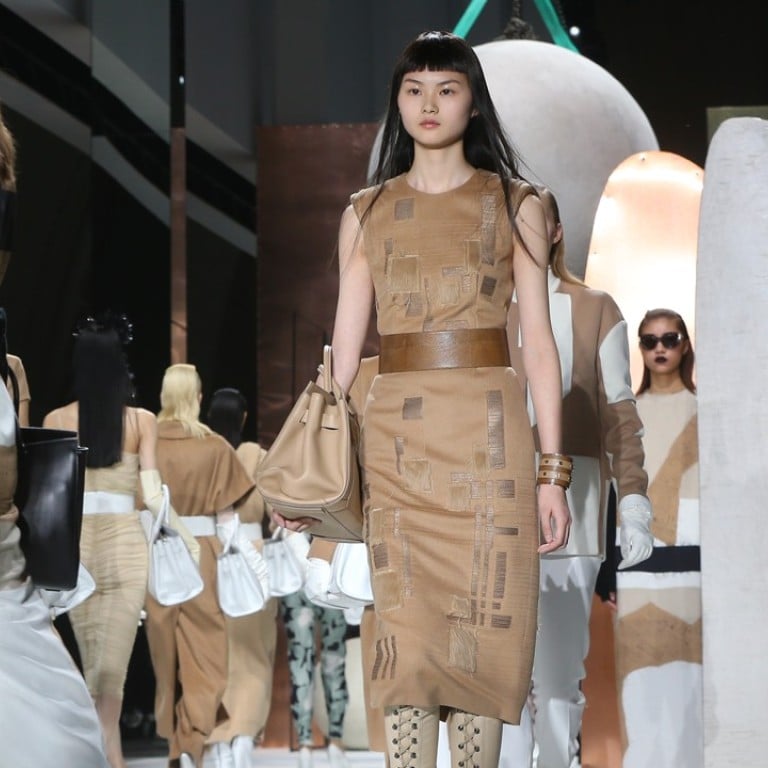Can Chinese artists lead luxury brands into new territory?

Western luxury brands look to Chinese contemporary artists to tap emerging markets
Back in September 2013, a giant Lady Dior bag popped up on Hong Kong’s harbourfront. It was the setting for the brand’s travelling exhibition “Lady Dior as Seen By”, for which 80 artists were tasked with revisiting the iconic purse. That’s the same year that Art Basel, armed with its global lead partner UBS, launched its Hong Kong edition, permanently changing the city’s artistic landscape and collecting habits.
A new generation of wealthy, globally aware and media-savvy Chinese collectors made its mark in the world of art and it wasn’t long until luxury brands picked up on the cue. If it wasn’t already the case before, it was now clear to the art world and luxury houses alike that China was an essential market to seduce, and so, they joined forces.
“It has enabled my work to be seen by a wider and more international audience, and has given me the freedom to create something truly extraordinary,” he says. “After inviting me to Le Brassus to experience the landscape first-hand, they gave me complete freedom when researching and creating the final piece. The aspect that stayed with me the most was the movement of light and how it controlled every aspect of the landscape from day to night. I wanted to convey this power through my work Circadian Rhythm.”
The piece, a hauntingly beautiful cyclical video with images of landscapes set to the rhythm of a mechanical watch, was first presented in Audemars Piguet’s exhibition “To Break The Rules, You Must First Master Them” at the Yuz Museum in Shanghai in 2016 and was displayed again in the VIP lounge at Art Basel Hong Kong this year.
